[Updated March 3] Following an investigation into unreasonable or discriminatory practice in international shipping, the United States Trade Representative is proposing to bring in fees of up to $1.5m for China-related vessel calls at US ports.
The Office of the United States Trade Representative (USTR) has proposed imposing service fees on Chinese vessel operators of up to $1m per call at US ports, as well as charging shipping companies using Chinese-built vessels up to $1.5m per call. It is also proposing to charge fees for shipping companies that have vessels on order in China (see box below).
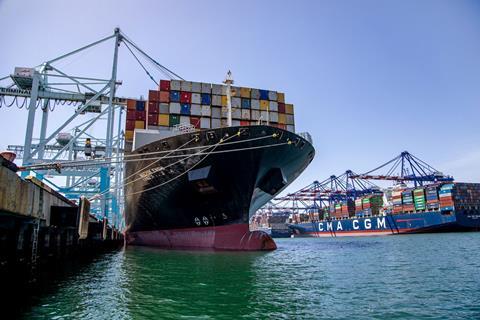
The World Shipping Council (WSC) said that 98% of ships that call on US ports could be affected by USTR’s proposals.Maritime research, consultant and advisory, Drewry said that more than 80% of containerships currently calling at US ports would be hit by the fees.
According to technology and data provider VesselBot, a total of 26.8m TEUs were imported to the US last year, of which 5.5m belonged to Chinese vessels, corresponding to 20.8% of total TEU imports to the US.
The move by the USTR follows a Section 301 investigation launched by the USTR in April 2024 that concluded China has been “targeting [the] maritime, logistics and shipbuilding sectors for dominance”. The WSC said the said the investigation followed a petition by five unions.
The USTR investigation found that China’s targeting of the sectors is unreasonable and burdens or restricts US commerce, and thus is actionable under Sections 301(b) and 304(a) of the Trade Act.
China’s Ministry of Commerce has vowed to take countermeasures if the fees are imposed indicating that the move violated World Trade Organisation rules.
“If the US pushes ahead with port fees, it would drive up global shipping costs and disrupt the stability of global supply chains,” said ministry spokesperson He Yadong at a press conference on February 27. “It would also increase inflationary pressure in the US, weaken the global competitiveness of American goods… and ultimately backfire on its own economy and job market.”
Any countermeasures taken against US-owned carriers by China could further push up costs for international shipments.
The USTR will hold a public hearing on March 24 at the US International Trade Commission in Washington DC on the proposed action, with the decision on what action to takes ultimately resting with Donald Trump.
Domination and decline
In a Federal Register notice issued last week the USTR said that China’s efforts to dominate the maritime, logistics and shipbuilding sectors “has undercut competition and taken market share with dramatic effect”. USTR noted that China’s shipbuilding market share rose from less than 5% of global tonnage in 1999, to over 50% in 2023, increasing China’s ownership of 5% of the commercial world fleet to over 19% as of January 2024. USTR also said that China now controlled production of 95% of shipping containers and 86% of the world’s supply of intermodal chassis, among other components and products.
In contrast, shipbuilding in the US has been in decline since the 1970’s. According to management consultancy McKinsey, the US built 5% of the world’s ocean-going commercial ships during that decade, as measured by gross tonnage. It is now building about 0.2% as of 2024. Conversely, China, Japan and South Korea now combine for more than 90% of global commercial shipbuilding.
The USTR is now proposing a service fee remission for maritime transport via US-built vessels, with fees refunded to an operator up to $1m per entry for US-built vessel through which the operator is providing international maritime transport services.
The WSC said the USTR’s proposed port fees “could add $600–$800 per container – which would double the cost of shipping US exports”.
Major carrier exposure based on Chinese-built vessel percentages
Maersk: 2,020 annual US port calls with 27.68% Chinese-built vessels, subject to approximately $760,000 per port call for Chinese-built vessels
CMA CGM: 1,469 annual US port calls with 35.91% Chinese-built vessels, subject to approximately $760,000 per port call for Chinese-built vessels
Cosco: 838 annual US port calls with 52.19% Chinese-built vessels, subject to fees up to $1 million per port call as both a Chinese operator (Category 1) and for Chinese-built vessels (Category 2)
X-Press Feeders: 506 annual US port calls with 40.94% Chinese-built vessels, subject to approximately $760,000 per port call for Chinese-built vessels.
Source: VesselBot
Huge impact on container ships
Maritime research, consultant and advisory, Drewry, said if implemented the estimated impact of the three new tariff fees would be huge. The tariffs on Chinese vessel operators could hit Cosco and its subsidiary OOCL, which are major operators on US container routes.
Drewry also said that the $1.5m fee proposed for shipping companies using Chinese-built ships would directly or indirectly hit all of the top nine ocean carriers and alliances. It said that between 29% and 31% of containerships operating globally are made in China and everyone except Evergreen and HMM operate China-built ships calling at US ports.
Eight out of the nine top alliance carriers also have vessels on order at Chinese shipyards, meaning they would be subject to a fee of up to $1m for a call at a US port. Only Korea’s HMM does not have containerships on order in China today, according to Drewry.
According to the WSC, container vessels servicing the US typically call at 3-4 US ports on each trip and the proposed port call fees of $1-3.5m would add millions in costs to each voyage, resulting in fewer US port calls, especially to small and medium sized ports.
“Policymakers must reconsider these damaging proposals and seek alternative solutions that support American industries,” said president and CEO of the WSC, Joe Kramek.
VesselBot information shows that of the global container fleet of approximately 6,000 vessels, a significant portion would be subject to these fees when calling at US ports and that, based on current port call volumes and fee structures, major carriers could face annual fee exposure in the billions of dollars.
USTR service fees for vessel calls at US ports
According to the USTR proposed action, upon the entrance of a Chinese-built vessel to a US port, a fee is to be charged to that vessel’s operator on the international maritime transport provided via that vessel in three ways:
1. Service fee for Chinese maritime transport operators. Charged at a rate of up to $1m per entrance of any vessel of a Chinese operator to a US port or per entrance of any vessel of that operator to a US port at a rate of up to $1,000 per net ton of the vessel’s capacity.
2. Service fee on maritime transport operators with fleets comprised of Chinese-built vessels. A fee will be charge to that operator at a rate of up to $1.5m or based on the percentage of Chinese-built vessels in that operator’s fleet. For operators with 50% or greater of their fleet comprised of Chinese-built vessels, the operator will be charged up to $1m per vessel entering a US port.
For operators with greater than 25% and less than 50% of their fleet comprised of Chinese-built vessels, the operator will be charged a fee up to $750,000 per vessel
For operators with up to 25% of their fleet comprised of Chinese-built vessels, the operator will be charged a fee up to $500,000 per vessel.
3. Service Fee on maritime transport operators with prospective orders for Chinese vessels. An additional fee will be charged to operators based on the percentage of vessels they have ordered from Chinese shipyards. For operators who have 50% or greater of their vessel orders in Chinese shipyards or vessels expected to be delivered by Chinese shipyards over the next 24 months, the operator will be charged up to $1m per vessel entrance to a US port.
For operators with greater than 25% and less than 50% of their vessel orders in Chinese shipyards or expected to be delivered by Chinese shipyards over the next 24 months, the operator will be charged up to $750,000. For operators with up to 25% of their vessel orders in Chinese shipyards or expected to be delivered by Chinese shipyards over the next 24 months, the operator will be charged up to $500,000.
Key Impacts according to World Shipping Council
- Fees of $1m-$3.5m per port call. The fees will result in fewer port calls, particularly to medium and small ports. A container vessel servicing the US typically stops at 3-4 U.S. ports on each trip
- Fees could add $600–$800 per container (TEU) for goods moving in and out of the US, hitting farmers particularly hard
- 98% of all US port calls could be subject to fees under these proposals because these fees apply not only to Chinese-built ships but also to any operator with a Chinese-built vessel in its fleet or on order
- These fees amount to an additional tax on American consumers of up to $30 billion annually
- The cost to ship US exports could double
- $1 trillion in imports could be impacted
- A majority of proposed fees would apply to existing vessels or vessels under construction, which would not disincentivise current shipbuilding practices.
The WSC said that to challenge the USTR’s proposal, companies affected should submit requests on March 10 to appear at the hearing, along with a summary of the testimony. Written comments should be submitted by March 24 when the hearing is held in Washington DC.
Responses and requests to appear should be submitted through USTR’s electronic portal: https://comments.ustr.gov/s/
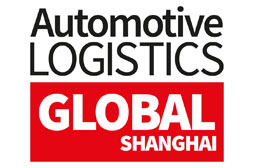


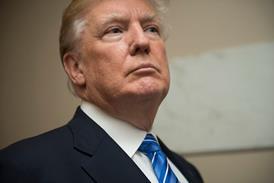







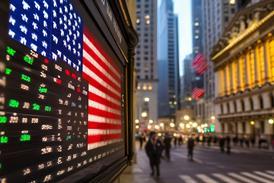


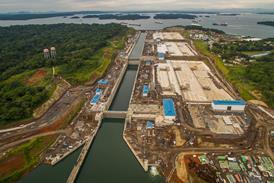











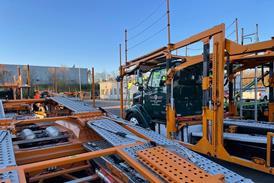
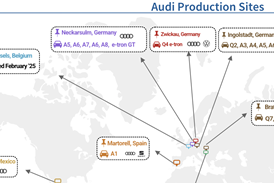

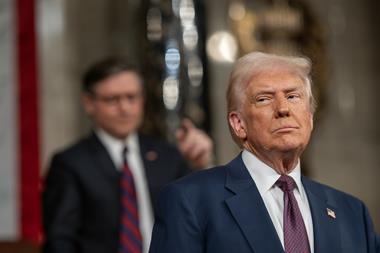
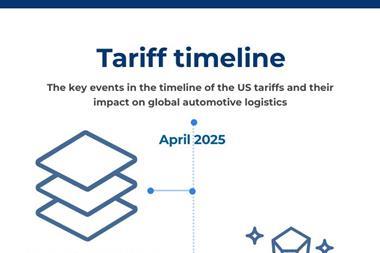

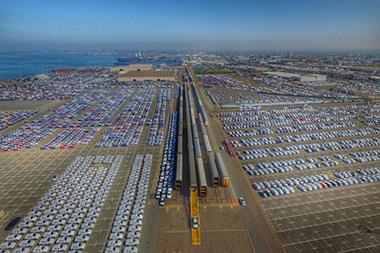
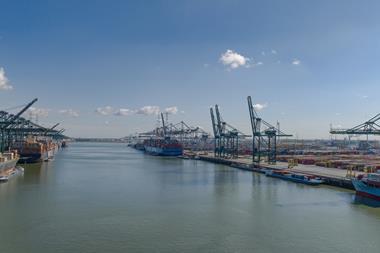




No comments yet